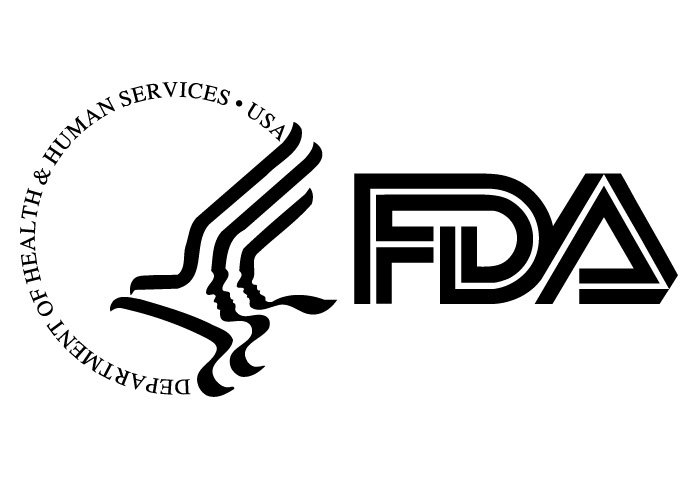 Safety/Quality
Safety/Quality
How holistic services strengthen a culture of safety in the OR

Stress and burnout are more than workforce concerns; they are patient safety issues. Research shows a clear correlation between healthcare provider stress and medical errors. For instance, Zabin et al, a 2023 systematic review, confirmed that job stress negatively influences patient safety culture. Garcia & Abreu et al, a separate…
How digital tools help nurse leaders retain expertise, stabilize staffing, sustain efficiency

Perioperative leaders face a workforce transition unlike any in recent memory. By 2030, all baby boomers will have reached retirement age, and many veteran perioperative nurses are already exiting, taking with them decades of institutional knowledge. At the same time, the expectations of today’s workforce have shifted, placing greater value…
Federal pushback on CHAI exposes rifts over who should set healthcare AI rules

Editor's Note Federal officials’ public rebuke of the Coalition for Health AI (CHAI) highlights mounting tensions over who should shape guardrails for artificial intelligence (AI) in healthcare, Modern Healthcare October 10 reports. As hospitals accelerate AI adoption, industry leaders, regulators, and developers are clashing over how to ensure the technology’s…
Children’s Health Dallas takes top national spot in pediatric ortho surgery as US News names 2025–26 ‘Best Children’s Hospitals’

Editor's Note Children’s Health in Dallas leads the nation in pediatric orthopedic surgery, after the US News & World Report 2025–2026 Best Children’s Hospitals rankings showcased familiar national leaders across a range of pediatric specialties, D Magazine and Fierce Healthcare October 7 report. The latest results highlight continued excellence in…
FDA issues Class I alert for Abiomed Impella heart device over cybersecurity risks

Editor's Note The Food and Drug Administration (FDA) on October 10 classified a cybersecurity correction involving Abiomed’s Automated Impella Controller as a Class I recall, the most serious type, according to the FDA Medical Device Recalls and Early Alerts database. While devices are not being removed from clinical settings, the…
Study finds Medicare paid nearly $2 billion for unnecessary back surgeries

Editor's Note More than 200,000 older Americans underwent back surgeries they likely did need, costing Medicare and Medicare Advantage a combined $1.9 billion, Axios October 9 reports. The findings, based on an analysis by the Lown Institute, raise new concerns about overuse of high-cost procedures with limited benefit, as federal…
FDA accelerates medical device safety alerts to reach public within days

Editor's Note The Food and Drug Administration (FDA) has expanded its early alert recall program to include all medical devices, speeding up how quickly the public learns about high-risk safety issues, Modern Healthcare October 9 reports. The initiative allows the FDA to post early alerts within days of manufacturers notifying…
Considerations for external transportation of processed medical devices

The centralization of medical device processing to one facility is becoming more prevalent. Centralizing sterile processing activities reduces expenses while concentrating expertise. However, this also introduces new concerns. When sterile processing is located within the same building where instrumentation is used, transport occurs over smooth floors in a controlled environment…
California’s worsening nurse shortage fuels burnout, safety concerns amid management tensions

Editor's Note The nursing shortage in California is deepening, with RN vacancies projected to grow from 3.7% in 2024 to 16.7% by 2033, HealthLeaders and KFF Health News October 8 report. The researchers cite inadequate training and retention pipelines, while nurses on the front lines say mismanagement, understaffing, and profit…
AI is turning medical devices into learning systems, Google Cloud exec says

Editor's Note Artificial intelligence (AI) is driving medical technology from reactive tools to adaptive learning systems, Medical Device Network October 6 reports. Shweta Maniar, Google Cloud’s global director of healthcare and life sciences, said that advances in agentic AI are enabling medtech devices to anticipate patient needs, simplify operations, and…

 Free Daily News
Free Daily News